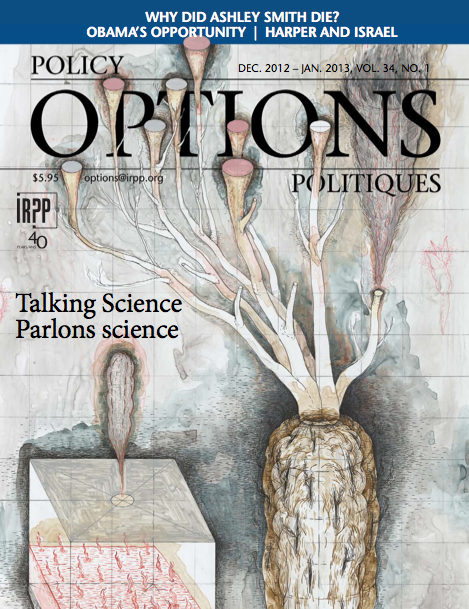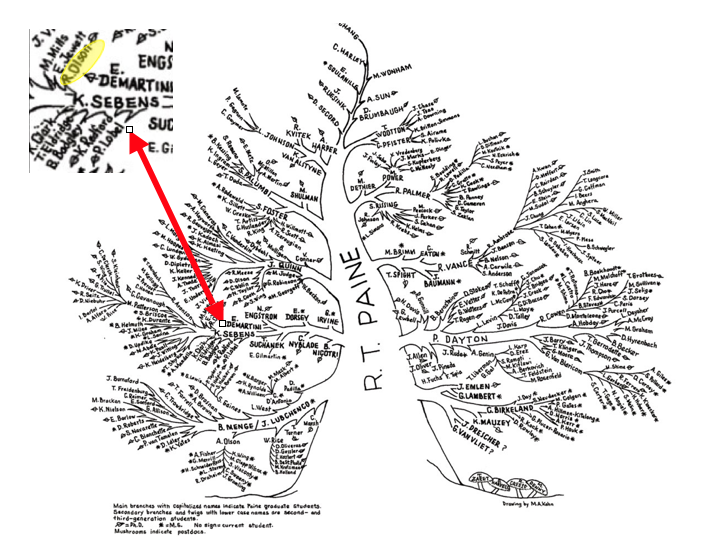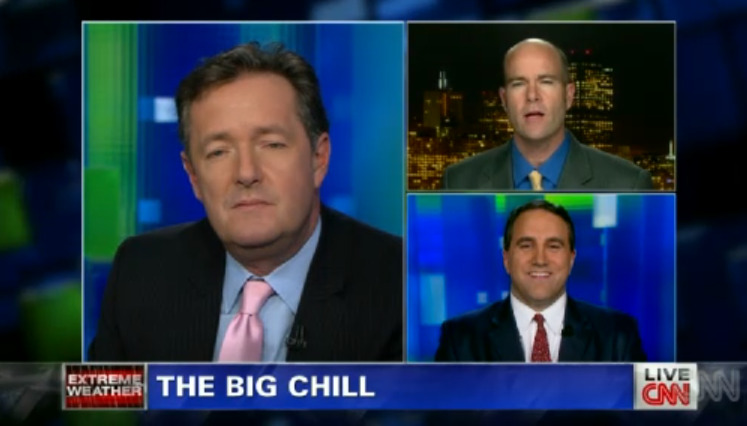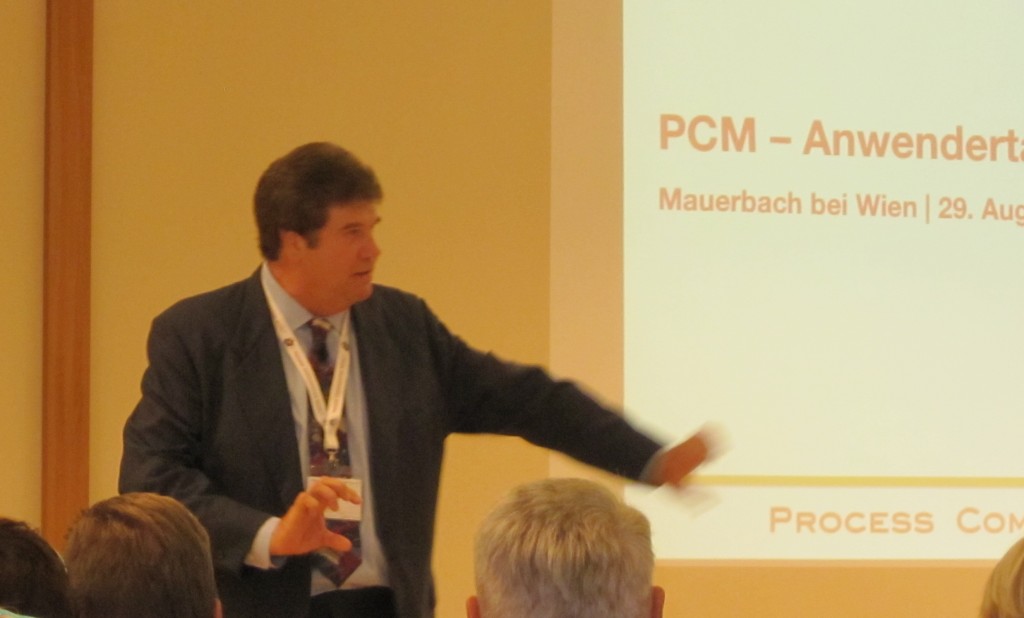This morning I had a long Skype chat with Dr. Vicky Miller of the University of Bristol who boldly walked into an improv class in January with zero previous experience and emerged a different person. Yes, it can be that life changing.
![miller]()
THE FACE OF COURAGE. I have sooo much respect for this person — Dr. Vicky Miller who walked out of her laboratory and into an improv classroom. She contacted me last week to tell me about it. The experience has changed how she asks questions in seminars, how she interacts with people at meetings, and how she even reads Nature.
hello
“HI, I’M VICKY, AND I’M A SCIENTIST …”
That’s how she said she started her class in January. The whole process actually began three years ago when she got married. She and her husband memorized their vows, but when it came time to “perform” them, her husband, a university lecturer who is also an actor/singer with a booming voice projected his words throughout the room, but she spoke up with her mousey voice and could hardly be heard.
The same was true when she would give science talks, until finally last May her friend Jane Oakshott, who teaches voice classes at Leeds University, convinced her to take three one hour classes with her. That was the start of the transition.
“People would say, ‘Speak up!’, but without technique you’re just shouting, not PROJECTING.”
In the voice classes they did a few improv exercises. “She made me do exercises, pretending to talk first to a dog, then a friend, using the same words, but to see how your voice changes depending upon the relationship. I couldn’t do it — it felt too silly — it was REALLY hard.” But when Vicky read my book over this past Christmas and read the things I said about improv training she made up her mind to address this challenge.
In typical scientist form (straight out of my book) she began by RESEARCHING the matter — reading several books on improv. But finally she realized the only way you can get to know improv, the ultimate experiential technique, is to, alas, experience it.
So she found an improv course at The Folkhouse in Bristol where they teach on-going education courses in things like painting, language, and acting. The first night she was so dreading it, “I didn’t even want to get off the sofa to go.
“That first night I felt really awkward, I crept into the room, sat in a chair, didn’t introduce myself to anyone, just wanted to sink into the floor and DIE!”
“We did lots of clapping games like zip/zap/boing — lots of clapping, things to get you out of your head. I introduced myself that night by saying, ‘Hi, I’m Vicky, and I’m a scientist, I spend all day pipetting, moving small amounts of liquid from one tube to another.’ But I REALLY ENJOYED IT from the start, and went home that first night feeling I wanted to go back and do more. I felt I was getting stuck, wanted to get unstuck, some in the class were automatically very good and very playful. I was determined to get better at it.”
short sharp shock
CONTACT HIGH
“The thing I find about improv is it gives you a CONTACT HIGH — my whole class began complaining that we finish the class at 10 p.m. — nobody can get to sleep until 3 am, all thinking about the ways we could do it much better.”
“We did a scene with objectives — I was given the role of ‘be the most important person in the room’ — instead of being quiet and reclusive, my normal self, it was so much fun to try that sort of thing in a place where there were no consequences. Actually, I’m just back from a science conference. Normally I would talk to two or three people, but because of this training I probably talked to about 50 people, able to relax and exchange ideas — ALL because of what I’ve gained through the improv class.”
“One of the most memorable nights we did the typical “Whose Line is it Anyway,” where people come in the door and they have an objective — I was throwing a party, one guy came in the door who thought I was a goddess, one guy thought I was suicidal, and a woman who thought I’d stolen some very important jewelry of hers. I had the one guy bowing down, other guy clutching me asking if I was okay, and then the woman, reaching up under my dress to see where I had hidden the jewelry! ALL IN FRONT OF THE REST OF THE CLASS! No questions I will ever get in a science seminar are going to be that overwhelming!!!”
“The instructor was very good, very playful, very hands-off — just set us up and let us go — we would just do stuff. We were a very mixed group in terms of background, age, in terms of objectives for doing the course. Half would like to be actors, the other half doing for confidence skills.”
“Another favorite moment — we did a team exercise — we did the SUPERMAN exercise, where you walk around the room, one person yells Superman, everybody rushes over, picks them up, and flies them around the room. It was hilarious, but also you felt the bond of the team effort.”
sit in solemn silence
A TRANSFORMATION IN POISE AND CONFIDENCE
“We recently had a very big departmental seminar with a very important speaker. I asked a question which I would never have done before because I wouldn’t have been sure I would have been heard. There are so many more possibilities — not scared, not hunched down, not wanting to destroy others to make myself look good, I can PLAY with them now.”
dull dark dock
YOU, TOO, CAN IMPROV
The time has come for more scientists to bite the bullet and do this. It’s more than just fun and games — it can be life altering. Improv takes you into places and spaces you would never venture into. In a workshop last summer with a major environmental organization, as Brian Palermo of the Groundlings led the improv exercises, the woman who is head of their program said to me, “I’ve been working with all these people for two years but never seen this side of them — we never have the circumstances here for this sort of behavior — they’re actually all human!”
There’s a reason the Groundlings instructors are routinely brought into to run workshops in the corporate world (in my Benshi interview with Groundling Jeremy Rowley three years ago he discussed this in detail). Just like Dr. Vicky Miller, if you look around your neighborhood you can find your own local improv class. Then it’s just a matter of deciding you can be as brave as she was. Come on, what’s the worst that will happen — you’ll embarrass yourself in front of a bunch of strangers who are making even bigger fools of themselves, all behind closed doors.
Here’s Vicky’s overall advice to fellow scientists: “Just do it! It’s wonderful! Really engage — stop thinking, just react.”
















